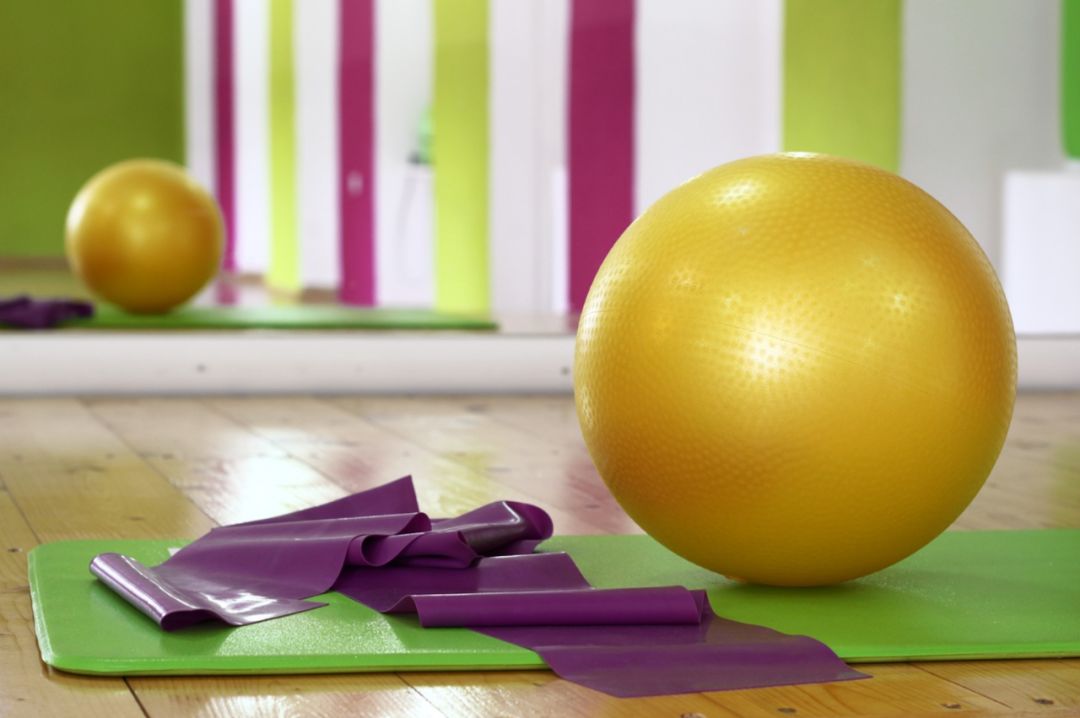Yoga is a popular way of exercise at present.

Research shows that appropriate yoga practice can improve the balance and flexibility of the body, reduce the occurrence of anxiety and depression, reduce blood pressure and slow down heart rate.

In addition, practicing yoga can also improve cognitive ability, improve respiratory function and help reduce chronic pain.
However, if the practice method is not correct, it will also bring some varying degrees of damage and harm.
Common yoga injuries develop with prolonged overstretching and improper posture.
Like any physical activity, the safest way to practice yoga is to learn the correct posture and carry out it appropriately according to your own physical conditions to avoid excessive exercise.
Yoga practitioners should fully consider their flexibility, balance and other characteristics, not reluctantly, and don’t compare with other practitioners.
According to the summary of clinical experience, injuries related to yoga practice most often occur in the following parts.
Here are the corresponding protective measures to help yoga practitioners prevent injuries.
No.1 wrist: support the ground with your hands and open your five fingers as far as possible In many yoga postures, you need to support the ground with your hands.
At this time, the weight of your whole body will be applied to your wrists, resulting in muscle and joint injuries.
Preventive measures: when supporting the ground, open the five fingers as far as possible to increase the support area, and press the fingers down to disperse the weight borne by the wrist; Move the body back properly to reduce the angle between the arm and the ground, which can also reduce the burden on the wrist.
No.2 elbow: the elbow support shall not tilt inward and outward Elbow joint pain may be caused by too wide separation of the elbows during elbow support.
This may make it easier to complete the action, but it will put more pressure on the elbow and wrist.
Precautions: clamp the elbows on the side of the body, point the forearm directly in front, and do not tilt inward or outward.
If the arm strength is not strong enough, it may be difficult to do it at first.
At this time, you should land on your knees to reduce the pressure on your elbows.
After some practice, straighten your legs and lift your knees off the ground.
No.3 shoulder: shrugging will compress the shoulder joint.
Learn to relax Some people unconsciously make the wrong shrug when practicing yoga.
Shrugging can reduce the burden on the arms, shoulders and muscles supporting the neck and reduce the difficulty of movement, but it will compress the shoulder joint and over stretch the surrounding muscles, which is easy to damage the shoulder girdle muscle or rotator cuff muscle, and even lead to shoulder joint dislocation.
Preventive measures: learn to relax your shoulders, open your shoulders and relax when doing actions, and don’t let your shoulders exert too much force.
No.4 ribs: the twisting action can be slightly stretched Some body twisting movements in yoga can well relieve muscle tension, but if they are not done properly, intercostal muscles may be overstretched or damaged.
Precautions: stretch your body up before twisting.
Imagine a rope tied to your head and gently pulling upward.
Even if the body is flexible, the range of twisting should be limited to a slight sense of stretching, rather than excessive twisting.
No.5 waist: pay attention to body balance and avoid scoliosis Low back pain is a common injury in yoga, which may be caused by scoliosis caused by the imbalance of forces on both sides of the trunk.
This may lead to lumbar disc problems and post exercise pain.
Preventive measures: before bending, fully extend your body and imagine the feeling of pulling your upper body upward, which helps to avoid scoliosis.
If it is still difficult to keep the spine vertical, you can bend your knees to reduce the difficulty of the movement.
When sitting and bending, you can sit on a cushion to reduce the pressure on the lumbar spine.
How to protect knees, legs, cervical vertebrae and other body parts during yoga? What are the suggestions to avoid injury? Please pay attention to the content of the next issue.
Disclaimer: we respect originality and pay attention to sharing.
We do not use it for commercial purposes, but only for exchange and learning.
The copyright belongs to the original author.
If there is infringement, please understand and contact us for deletion,..

